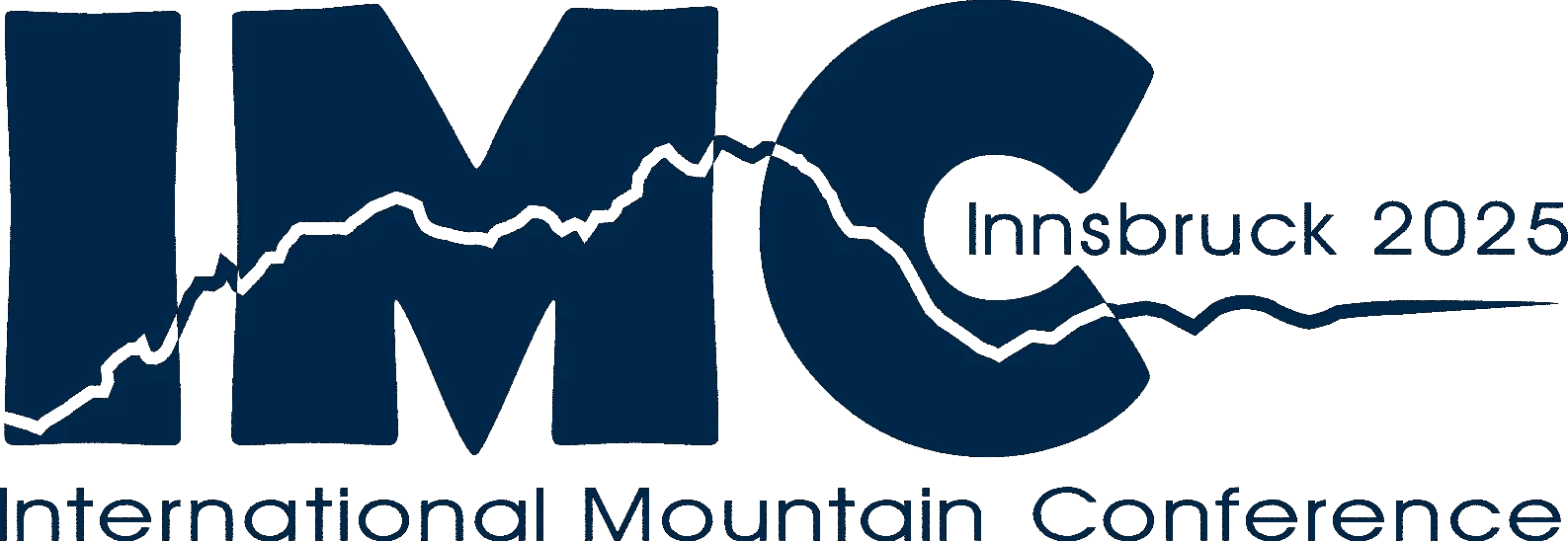Assigned Session: FS 3.232: Highland–lowland connections and interactions
Exploring transtopographic communities in ancient Southwest Asia: Examples from the western Zagros region
Abstract ID: 3.7910 | Accepted as Talk | Talk/Oral | TBA | TBA
Claudia Glatz (0)
Claudia Glatz ((0) University of Glasgow, University of Glasgow, G12 8QQ, Glasgow, United Kingdom, GB)
(0) University of Glasgow, University of Glasgow, G12 8QQ, Glasgow, United Kingdom, GB
The topography of Southwest Asia is dominated by several major mountain ranges. Archaeological research in the region – captivated since its beginnings by the earliest cities, states, and empires – has tended to focus on lowland plains and large intermontane plateaus, while survey and excavations in piedmont and mountain regions rarely explicitly engage with broader questions of mountain archaeology or comparative approaches to mountain living. This is in part the result of both ancient and modern biases towards mountain regions and their inhabitants, which have tended to produce historical narratives that centre the political and economic interests and cultural perspectives of outsiders, whose textual sources and iconography consistently cast mountain people as the enemies of lowland, urban ways of life from at least the third millennium BCE. Modern scholarship has tended to adopt and embellish the barbarous archetypes of mountain people offered up in state-derived cuneiform sources as they smoothly interweave with modernist notions of the timelessness of upland rurality, ostensible environmental marginality, and conjectures about adaptive imperatives. In this paper, I aim to step outside of economic rationales and political-imperial frames of reference to explore how communities in the transitional landscapes of the Sirwan/upper Diyala river valley and in the higher altitude zones of the western Zagros, in what is today eastern Iraq and western Iran, interacted with each other. Approaching the question from a practice-centred perspective, I argue that Prehistoric, Bronze and Iron Age communities constructed a series of spheres of commonality and belonging that cross-cut topographic zones, broader cultural differences, and likely also political divides by participating in shared ritual and commensal arenas of practice, meaning-making, and community-building.
| N/A | ||||||||
|
